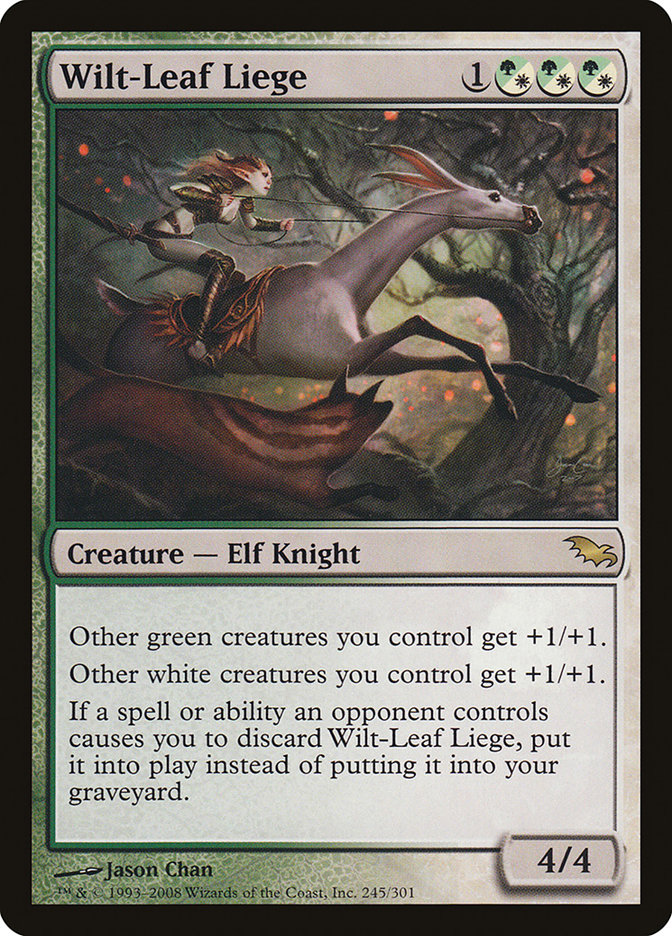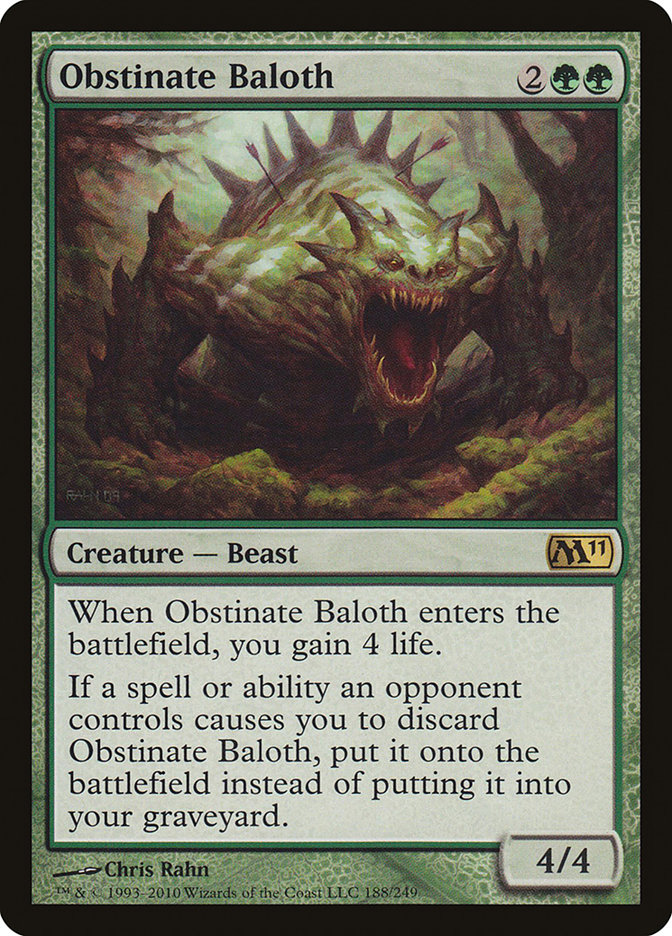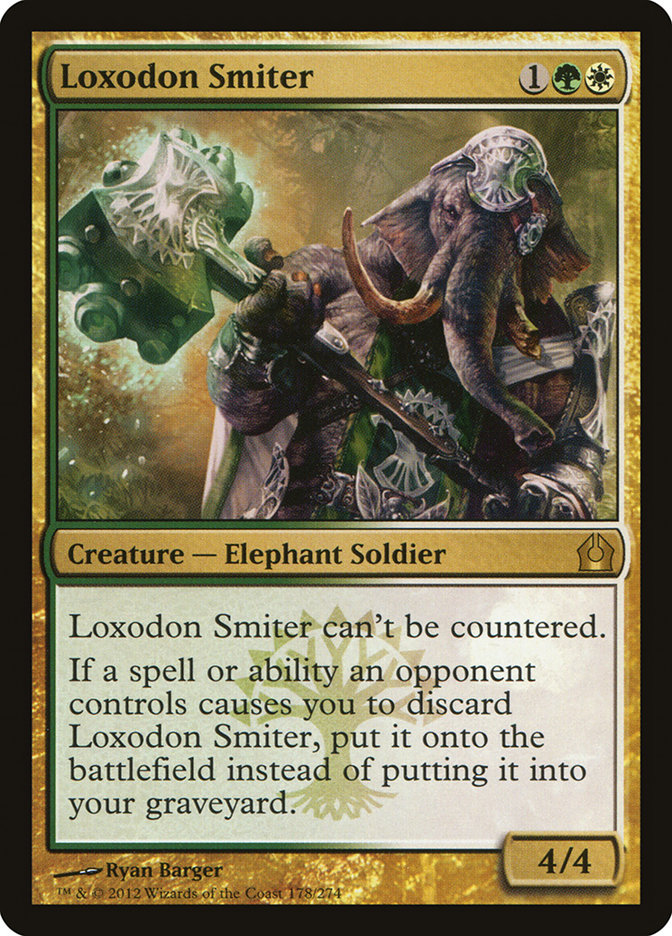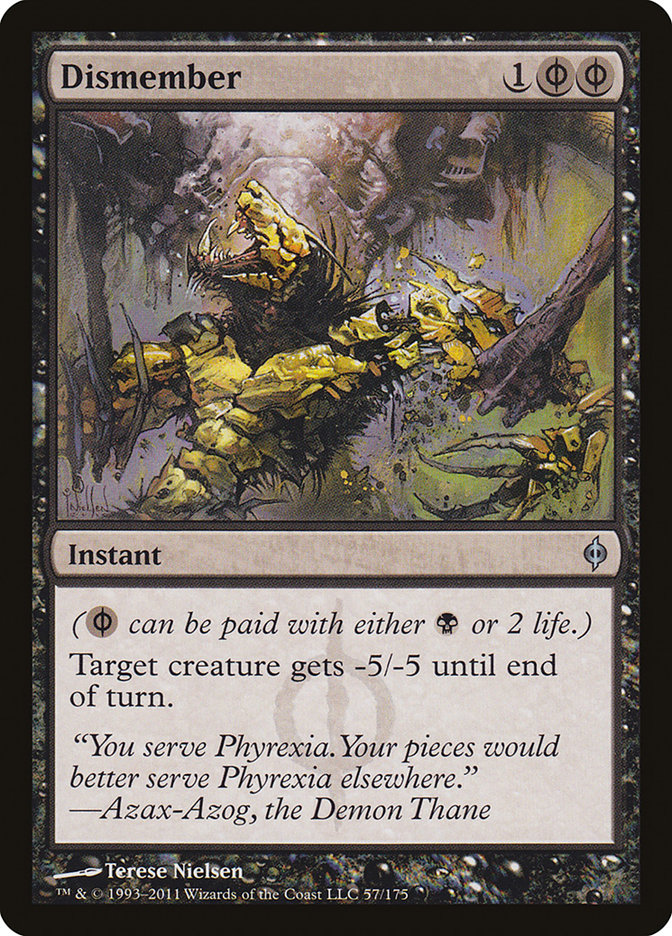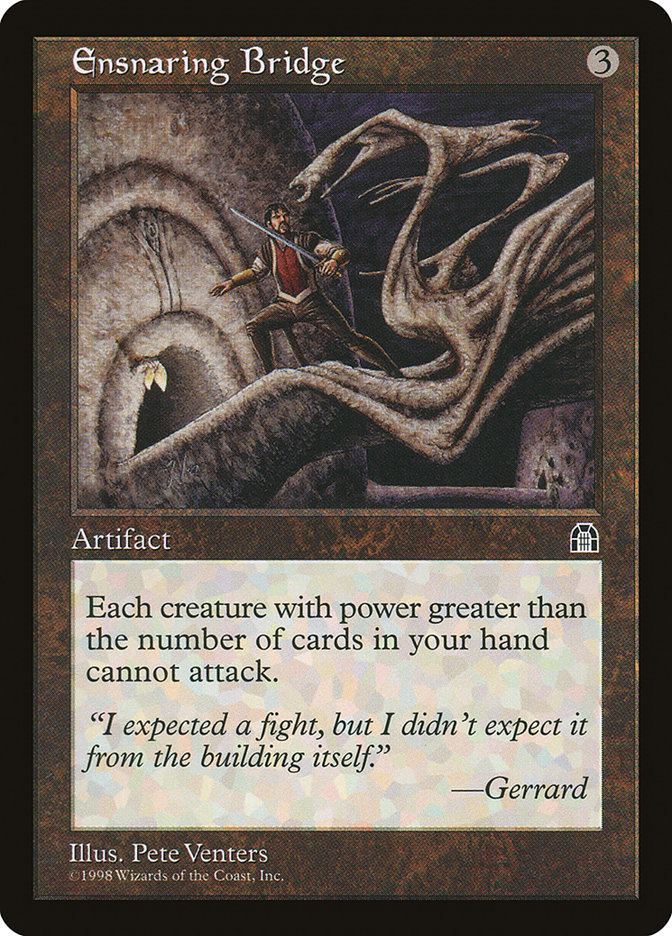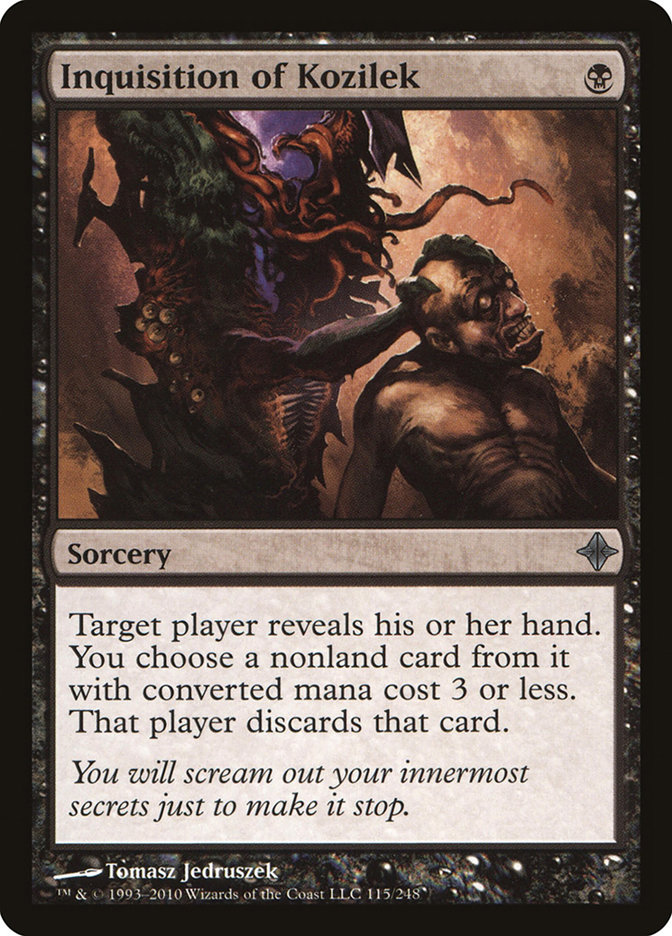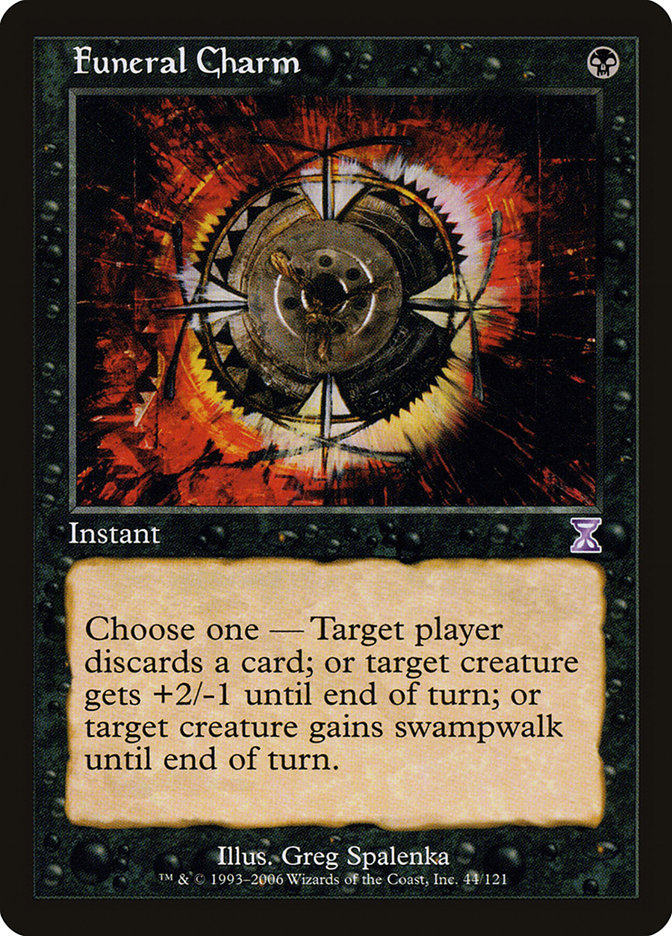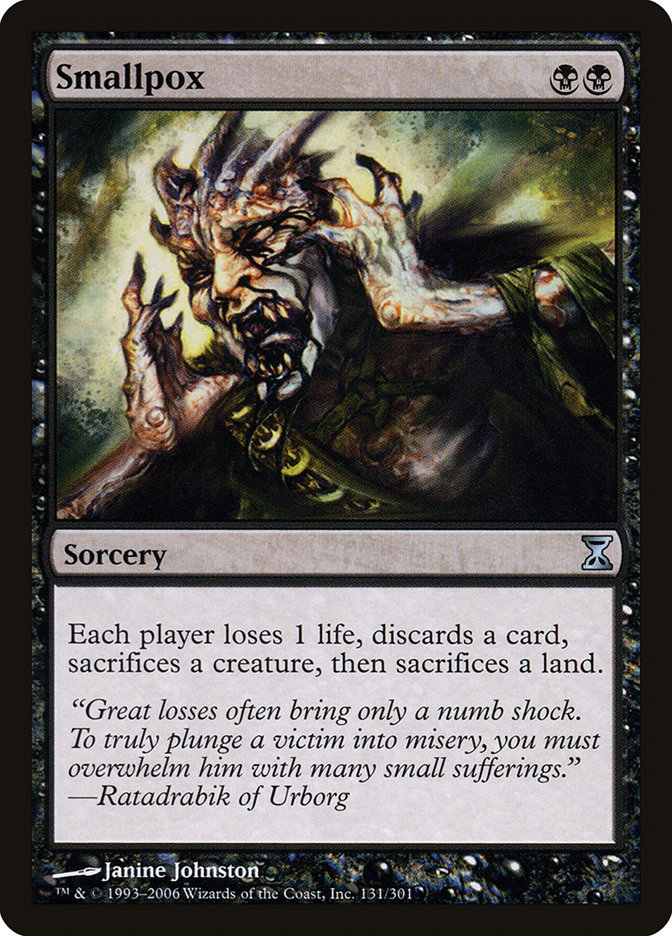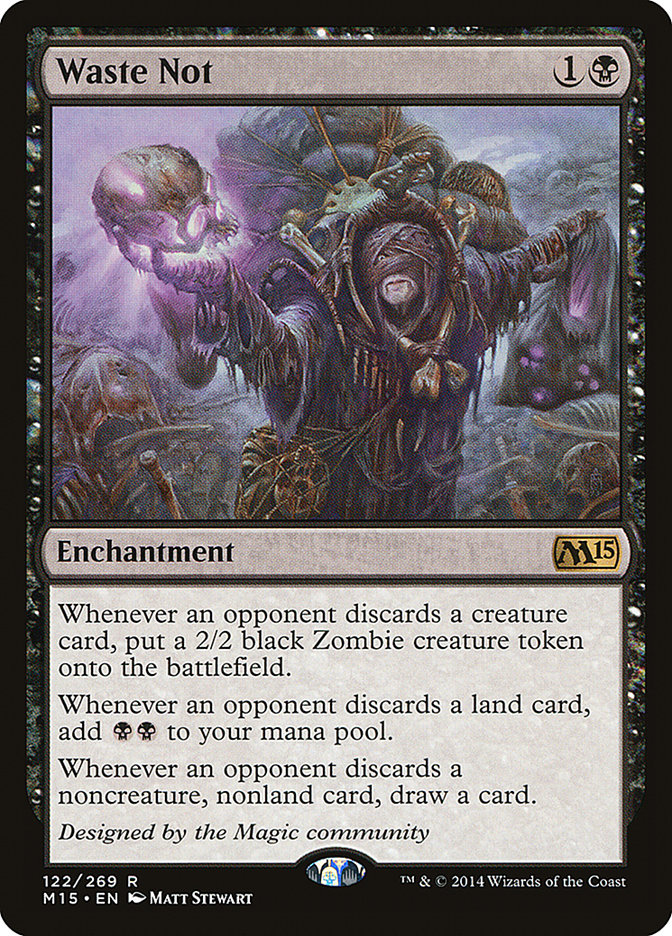8-Rack is an underrated but great Modern deck. This article is basically my collection of notes on 8-Rack, from cards choices to color choices to opposing cards to keep in mind. A few tips and harsh truths about the deck are within as well.
Let’s start with the list I’ve been piloting:
Spells (32)

I feel like 8-Rack is well-positioned in Modern. Specifically, the archetype is good when the cards that are good against it are showing up in low numbers. What the people around you are trying to accomplish determines if 8-Rack is viable or not in a metagame. I don’t see it as a deck that’s well-rounded enough to survive when a format is hostile against it.
Cards 8-Rack Doesn’t Want To See
Cards that enter the battlefield when your opponent makes you discard them:
Cards that create multiple creatures:
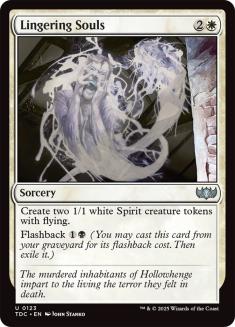
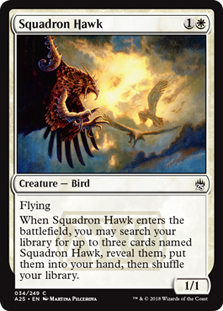
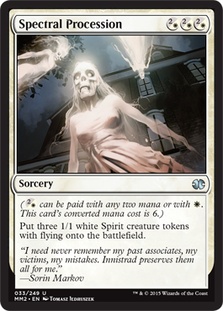
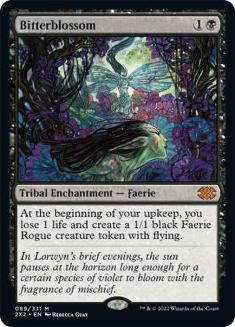
Creatures that come back when they die:
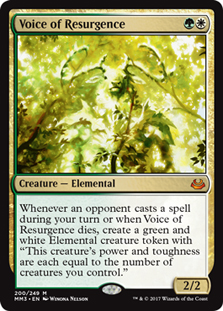
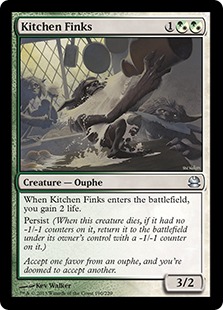

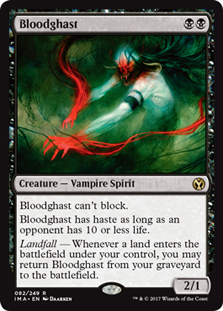
Decks dense in artifacts making Wrench Mind poor:
G/R Tron
Affinity
Eggs
Tezzeret strategies
What 8-Rack Wants To Play Against
Decks trying to win with one creature threat:
Infect
G/W Hexproof
Splinter Twin
Decks that also want to operate on low resources:
Jund
Discard or Land Destruction
Decks that need a saturation of cards in hand:
Storm
Dedicated creature removal:
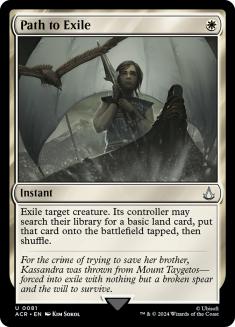
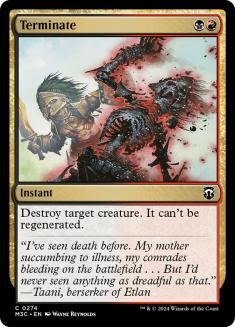

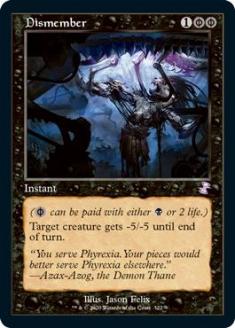
If you feel that there is a decent number of good things going for 8-Rack in your metagame and low numbers of the things 8-Rack doesn’t want to see, then go for it.
Next are my card choices and numbers as well as some tips I’ve come across from playing and testing. First up is the biggest thing that 8-Rack has going for it.
You Can (And Should) Choose To Draw First
The build has taken on a more reactive nature with Smallpox and a higher count of cheap removal spells. While having an extra card is good, you really want to deprive your opponent of that extra card. Also, the player on the play tends to need to mulligan more often, and there is no deck that punishes simply having one less card in the opening hand more than 8-Rack. What’s even better is when (and if) the new mulligan rule becomes commonplace we’ll see more mulligans to six or below as they’ll be generally less punishing to do so… except of course against the discard deck.
Going Creatureless
Dodging creature removal is great as it leaves dead cards in your opponent’s hand. It also leaves you room to sideboard in creatures in expectation that your opponent is sideboarding out removal. The question remains what the best creature to sideboard into is. I like Nyxathid since it’s good against decks that dump their hands naturally, where a 5/5 to 7/7 Nyxathid will be common without much work on your part. Here are other creature that’ve crossed my mind to sideboard into. There are pros and cons to each, but at the end of the day there are only a couple slots to play them, if any.

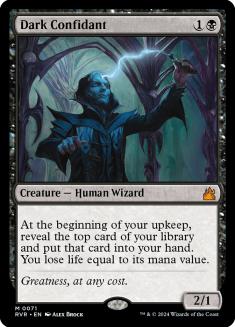

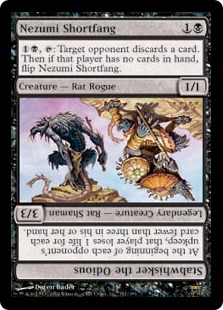
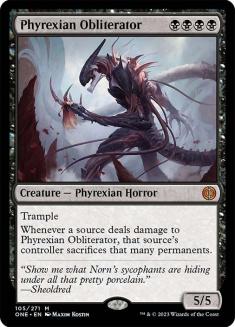
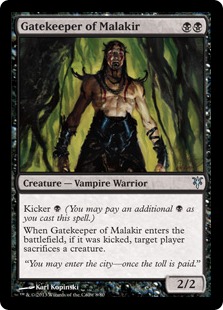
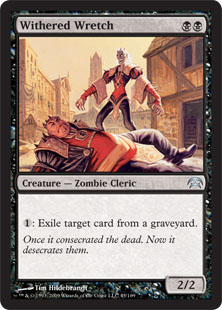
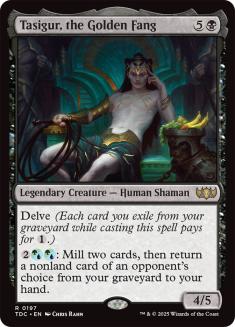
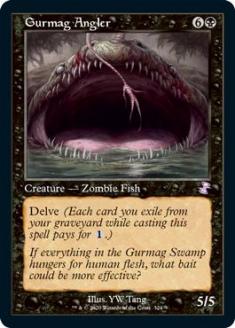
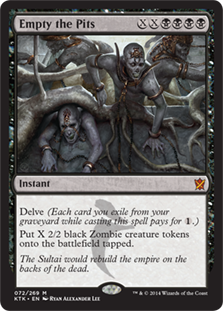
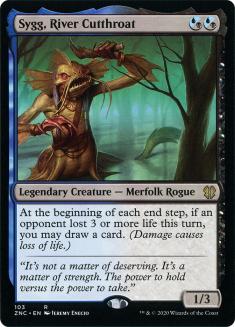
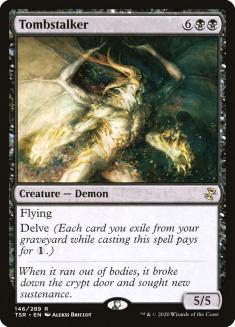
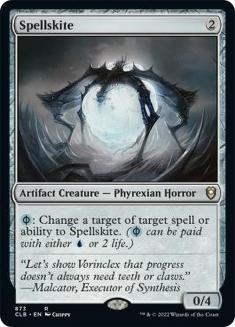
Four Dismember As Dedicated Removal
Dismember is a good removal spell choice against an open field for game one. Creatures in Modern tend to max out at five toughness for the most part. I’m surprised that more black decks don’t play Dismember anyway. After all, you’re actually capable of paying the full casting cost on it if you don’t want to pay the life. I get it that black has other options like Victim of Night, Terminate, or Abrupt Decay depending on your overall colors. Still, the “alternative” cost of four life and only one mana, which can be cast for colorless like off of a Mutavault, has saved me more times than I can count.
Sideboarding More Removal
I chose a smattering of Deathmark, Disfigure, and Night of Souls’ Betrayal to either complement or upgrade the Dismembers into. You definitely want to dedicate about half of your sideboard to creatures as Modern is full of them and they come in all shapes and sizes. Efficiency is the name of the game and you want to select the ones you feel are fitting into the metagame and overlap enough to hit multiple strategies. Here are some other options that I passed on but which are good to remember and use accordingly. For example, if you expect a ton of Lingering Souls and Spectral Procession but no Infect, choose Illness in the Ranks in the place of Night of Souls Betrayal.
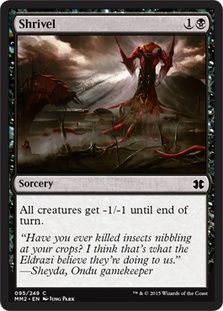
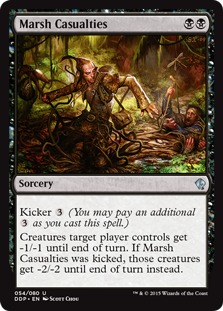
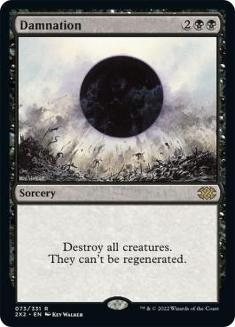
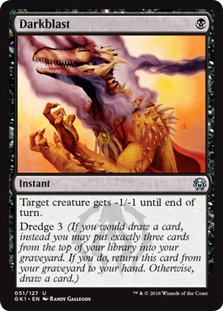
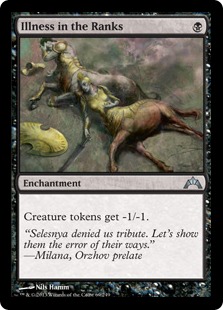
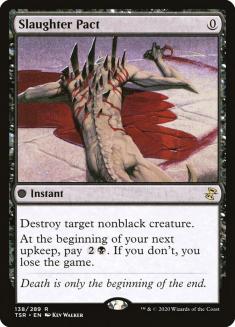

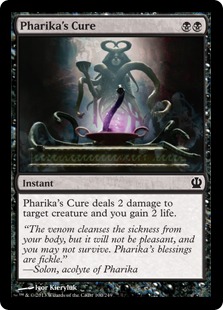
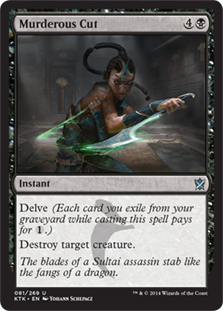
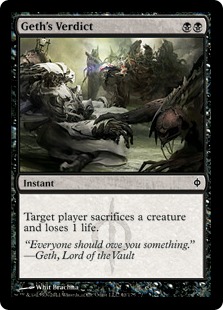
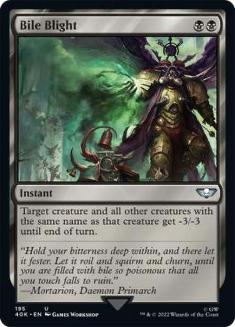
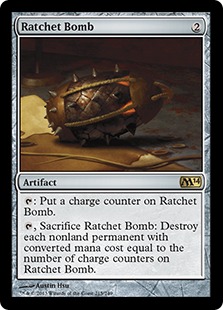
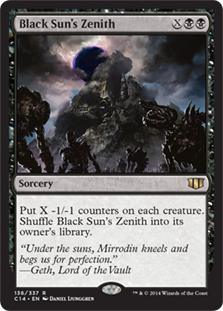
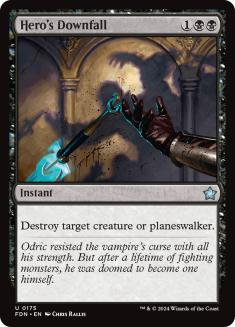
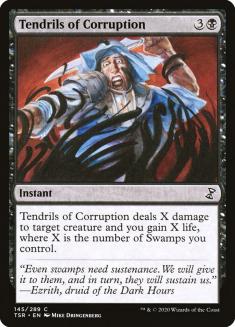
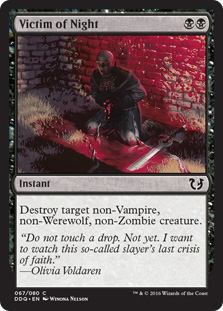
No Ensnaring Bridge
The problem with Ensnaring Bridge is that I feel like it’s a better sideboard card than a maindeck one. The reason it’s not in the sideboard is because people side in artifact removal against you as-is and you’re just giving them targets. Against decks that I suspect to be bringing in artifact removal, I sideboard out all four copies of The Rack.
With maindeck Ensnaring Bridge alongside The Rack, it’s all but impossible to sideboard out all of your artifacts to sidestep removal.
Turtling behind a Bridge is a setup to get blown out by anything from Abrupt Decay to Kolaghan’s Command to Qasali Pridemage to a Cryptic Command bounce, and that’s just in game one. After sideboarding, they’ll be coming with Nature’s Claims, Ancient Grudges, or whatever they have access to as well. Sure, they usually have to “topdeck it,” but there’s a chance they will and if they do they get to kill you in one fell swoop. I prefer to control the creatures by directly killing them and not leaving the opponent room for such an opportunity.
Three Thoughtseize, Four Inquisition of Kozilek
Precision discard is best when you have little of it. Still, seeing their hand and taking their next play makes your opponents stumble. In this current build, you don’t have a full defense card to hide behind like Ensnaring Bridge and instead have to focus more on winning a race when both players are very low on resources. Decks like Jund have adopted playing the full set of Inquisition of Kozilek and less Thoughtseizes due to life loss concerns, and I tend to agree with the logic in 8-Rack as well.
Funeral Charms
If you know me and Infect then you know how much I appreciate Piracy Charm. Here it’s even better since you want to kill smaller creatures with the +2/-1 mode to ensure that the bigger creature gets caught by a Liliana -2 or Smallpox. It’s also redundant discard in keeping with the theme of the deck. Nabbing their freshly-drawn card during their draw step is always nice. Every now and then you’ll pump a Mutavault to hit for the final four points of damage or to sneak one through with Swampwalk that’s very often active with Urborg, Tomb of Yawgmoth.
Four Smallpox
In an ideal world both you and your opponent would mulligan down to about two cards each and you’d win with a Swamp and The Rack. Basically you’re more than happy to trade your resources for theirs and Smallpox is generally a three-for-three that’s occasionally better if your hand is empty.
An Obstinate Baloth or similar creature enters the battlefield as a replacement effect from the discarding from Smallpox. This happens before players sacrifice creatures. If your opponent has no other creatures in play before sneaking in their Obstinate Baloth they will end up having to sacrifice it.
24 Lands
Urborg, Tomb of Yawgmoth and Mutavault is your subtle combo in this deck. You need double or even triple black while also needing value out of your manabase. Mutavault is a big part of your strategy, and Urborg helps to counteract some of its natural liability. Cards like Smallpox, Raven’s Crime, and Liliana of the Veil which ask for you to discard cards to them gives you ways to use an extra Urborg in hand.
Other builds without Smallpox can get away with a lower land count, anywhere from 21 to 23. Those builds also have a tough time getting to four total lands, which closes the door on four-drop spells like Phyrexian Obliterator, Damnation, and Night of Souls’ Betrayal.
Sideboard Waste Nots
Waste Not is circumstantially a good card. You need it early, to be under little pressure, and for the opponent to discard enough cards to get value from it. Every now and then you’ll catch someone that’s discarding to their own effects. Situations like these are when Waste Not becomes extra valuable.
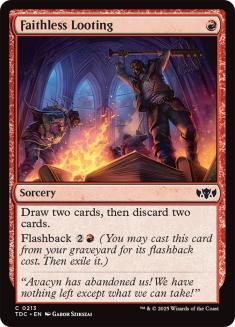
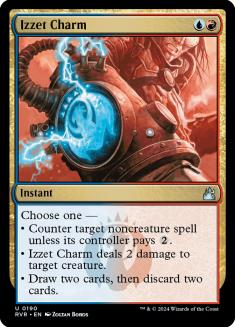
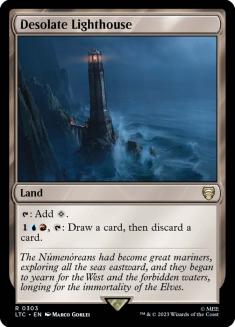
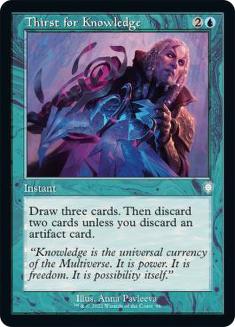

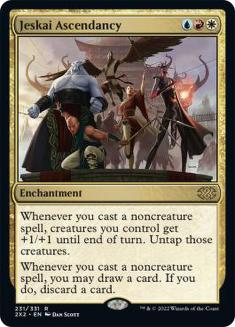
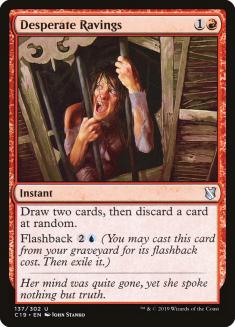
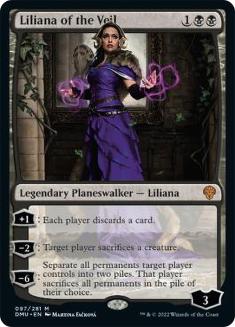
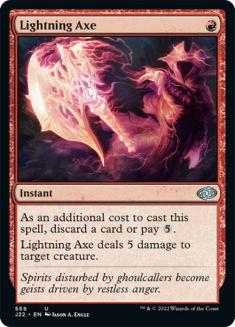
There are times when you want to sideboard out The Rack to dodge creature removal. To make sure you have enough win conditions, Waste Not and Nyxathid come in.
What Does Magic Origins Bring For 8-Rack?
Sadly, it looks like the answer is nothing.
Languish is outclassed by Damnation once it’s decided that creatures like Gurmag Angler and Tasigur aren’t necessary.
Erebos’s Titan is interesting, but looks to be worse than Nyxathid or Phyrexian Obliterator.
Prism Ring might be better than something like Dragon’s Claw or Sun Droplet against Burn. Still, that’s extremely narrow and would more than likely be better off dedicating the slot to another removal spell, even if it’s a burn-centric one like Pharika’s Cure.
Demonic Pact is hard to evaluate without playing it, but I feel like we’re short of one key way to remove it in a pinch outside of Liliana of the Veil’s -6 on yourself. For a four-mana spell you really want it to impact the board immediately.
Infinite Obliteration is a cheaper version of Cranial Extraction if you are concerned about creatures. As it stands, there isn’t any deck that relies solely on a creature to win. Amulet Bloom is the closest with their Primeval Titans but they still have Hive Mind to kill you with. Grishoalbrand has Borborygmos and Worldspine Wurms. Swans of Bryn Argoll is the closest that comes to mind, but that is a fringe contender at best.
When Should I Splash Another Color?
I think 8-Rack is a very metagame-dependent deck that is very strong in the right environment. Adding a color to 8-Rack to improve a matchup or otherwise shore up holes in how the deck plays out probably means that the Modern metagame, or just your metagame in general, isn’t soft enough to 8-Rack to be playing it at that moment.
However, I was curious for other options and listed the main cards that appealed to me for each color. If you’re looking to innovate 8-Rack and feel like another color is worth it to push the deck’s power level at the cost of life (fetchlands and shocklands) and consistency, go for it.
Red
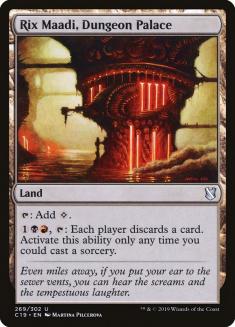
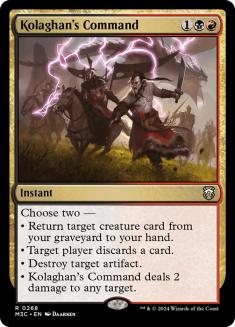


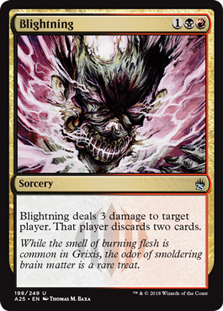
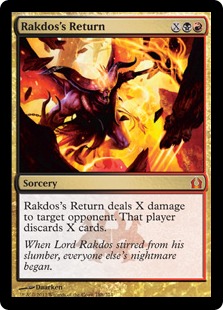

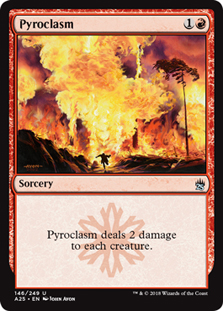
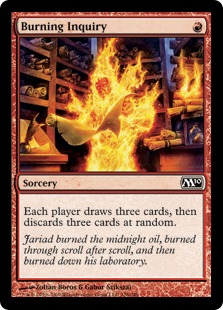
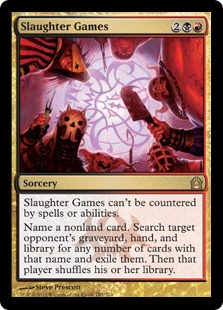
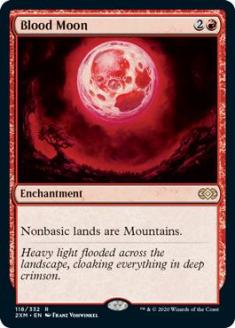
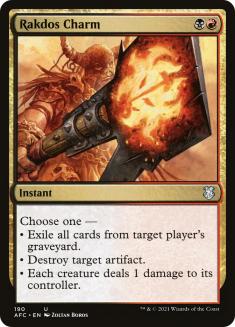
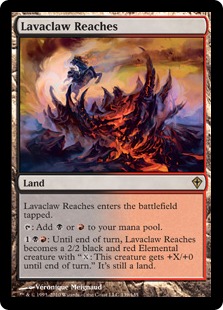
Green
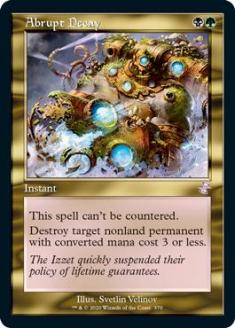
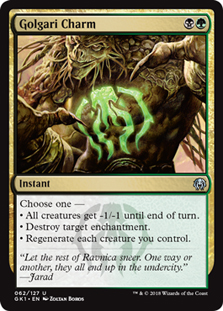
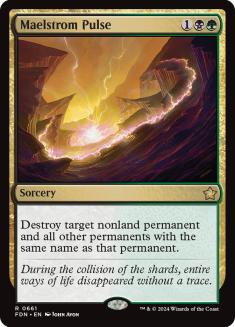
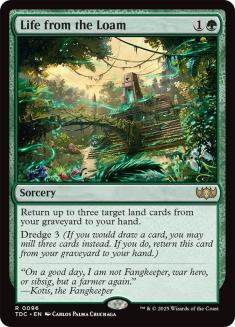
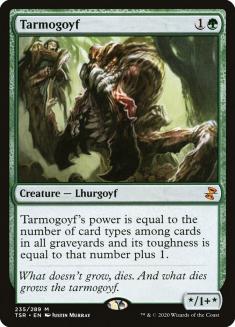

Blue
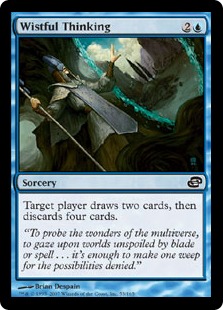
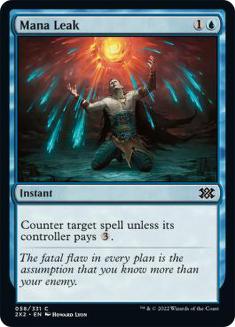
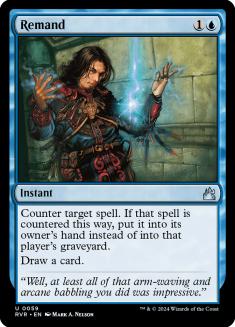
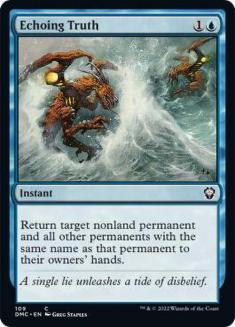

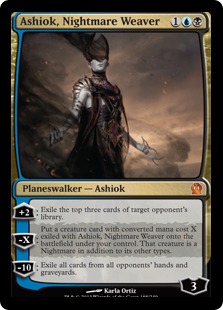
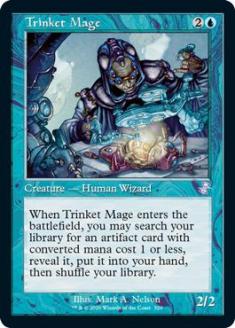
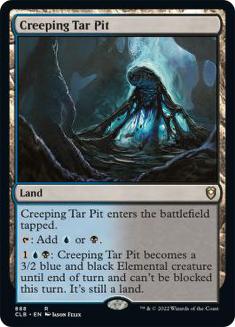

White
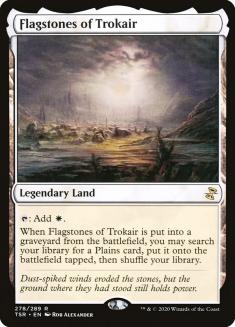



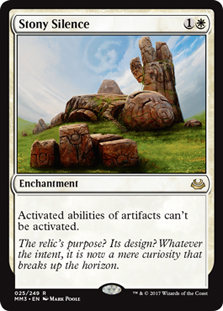
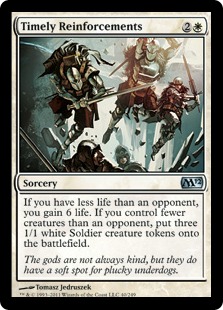
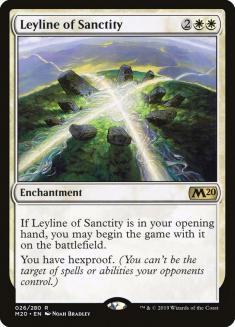
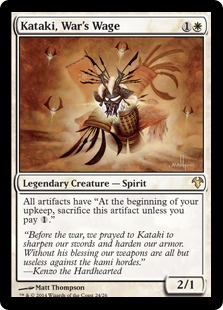
Of these, the most appealing is white as I think Flagstones of Trokair has a nice synergy with Smallpox without costing an actual spell slot. Also Lingering Souls is very powerful, in particular when you discard it to Liliana of the Veil or Smallpox. The sideboard options are also the most impactful in my opinion.
As for now, however, I wouldn’t dabble into another color but instead stick to this updated Mono-Black version:
Planeswalkers (4)
Lands (24)
Spells (32)

I heard good things about Dakmor Salvage + Raven’s Crime as a “soft lock.” I was originally skeptical, and I still am, as I really hate lands that enter the battlefield tapped in this archetype. One ought to be okay, especially with a high land count.
I like Mutavault a lot, and would play more if I could. Blinkmoth Nexus has its own upsides, but it is slightly worse overall. I’m playing one as sort of a fifth Mutavault that can pump a Mutavault (since it’s a Blinkmoth) now and then.
I missed out on Nihil Spellbomb over Relic of Progenitus in the sideboard the first time around. The previous two Drown in Sorrows were against Elves. I think the switch to Bile Blight and a Damnation will hit more decks while still being good against Elves that the switch is worth it.
What Do You Think Of 8-Rack?
I’ve been having mixed feelings about the name 8-Rack, as catchy as happens to be. I’ve seen decklists floating around under the name 8-Rack that have seven or fewer copies of The Rack and Shrieking Affliction combined, making the universal term 8-Rack less fitting when describing an archetype. I feel like the switch in nomenclature is inevitable. Here are some historical examples.
43/38 Lands became simply Lands
Bogles isn’t called 8-Bogles
12-Post became simply Cloudpost
What do you think? Is there a better name for 8-Rack? It doesn’t have to be anything crazy like Fruity Pebbles, just something that will stand the test of time across different yet similar builds.

